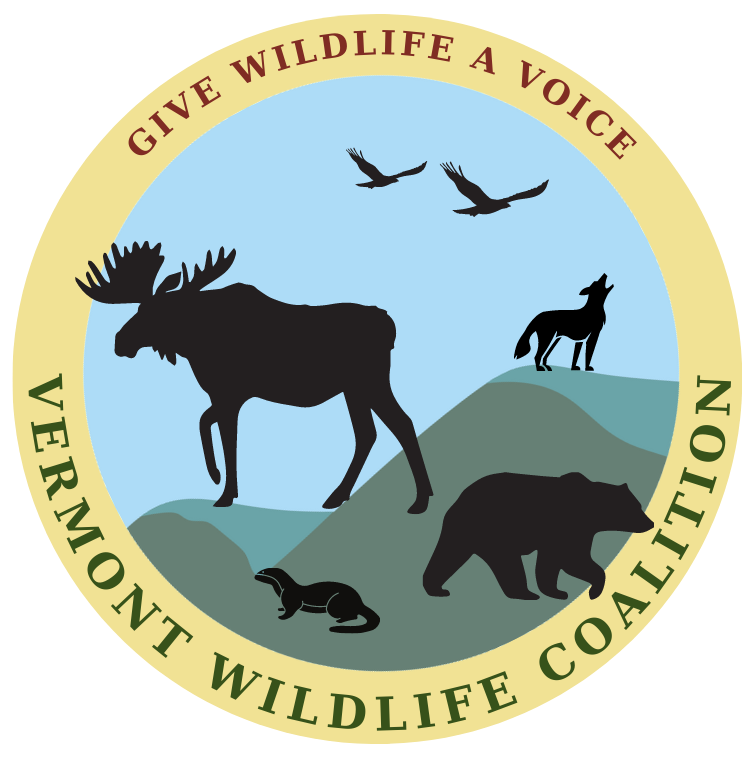Glossary of Important Terms to Know
Beaver devices or “baffles” - The most sustainable, long-term approach to beaver-human conflicts is the installation of non-lethal practices such as installation of culvert devices and pond levelers, known collectively as “beaver baffles” or “beaver deceivers.” These have a success rate of 87-97 percent, a rate far superior to that of the traditional practice of trapping out the beavers.
Conibear trap - A kind of body-gripping trap designed to kill the trapped animal quickly, although that may or may not happen.
Ecosystem - all of the interacting populations of plants, animals and microorganisms occupying an area, as well as their physical environment.
Habitat - a place where a plant or animal species naturally lives and grows. With respect to soil, weather, elevation, etc., a place where the physical features are naturally preferred by biological species.
Hounding - the use of packs of often radio-collared dogs to pursue game like bear and coyotes. The hounds pursue the prey animal to the point of exhaustion where they either seek refuge in a tree or turn in a futile effort to fight the hounds. The hunters are usually some distance from the pack and have limited control of their dogs which run free in pursuit of their target.
Leghold trap - a jawed, usually steel, trap used to hold the animal without killing it. It operates by springing closed and locking on the leg of the animal that steps into it.
North American Model of Wildlife Conservation (NAM) - a set of principles (not laws) that has guided wildlife management and conservation in the US and Canada since the 19th century. It is associated with the rise of middle class sportsmen reacting to the commercial exploitation of game species that resulted in the near extinction of several species, including the American Bison). It’s two basic premises are 1) fish and wildlife are for the non-commercial use of citizens and 2) species should be managed so that they are available at optimum population levels (for purposes of hunting) forever. Read the basic principles of the NAM Here.
Wildlife watching - interest in and interaction with wildlife based on observing, studying, identifying, photographing (or drawing, painting or filming), feeding, tracking and/or gathering data about wildlife. Wildlife watching has grown rapidly in the US in recent decades.
Wanton waste - means the killing of wildlife for no purpose other than killing. The animals are not used for food or other purposes, and are typically left in the field to rot or otherwise thrown away. The North American Model opposes wanton waste.
